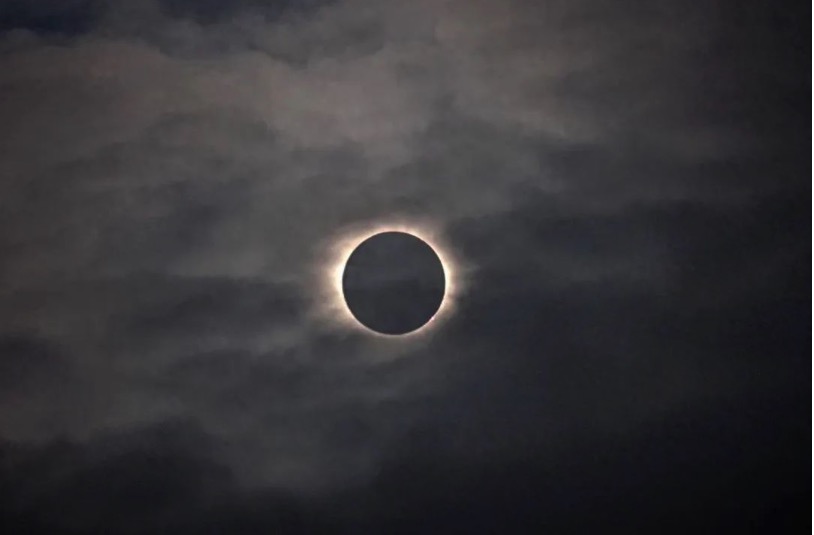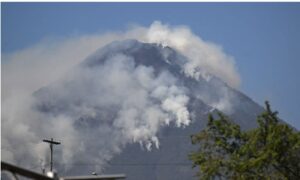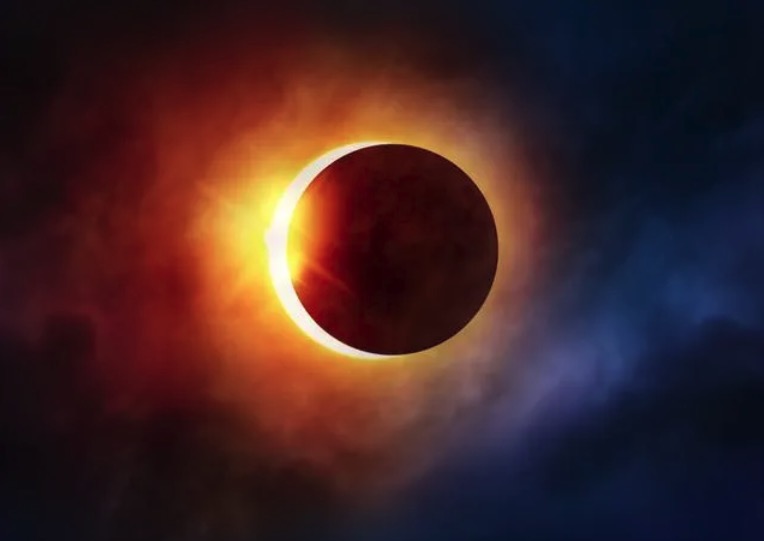This year’s only total solar eclipse in the world will be staged in the North American region on the afternoon of April 8 (early morning of April 9, Beijing time) in North America time. The total eclipse zone sweeps across many cities in North America, such as Mexico, the United States, and Canada, with a maximum observation duration of about 4 minutes and 28 seconds, which is the longest observation duration since 2010.

A total solar eclipse is an astronomical phenomenon where the sun is completely obscured by the moon. If the moon moves between the earth and the sun, and a part of the earth is in the shadow of the moon, then people in this part will completely not see the sun. And when the sun, the moon, and the earth are in a straight line, and the moon is located in the middle of the sun and the earth, a total solar eclipse may occur. When a total solar eclipse occurs, the shadow left by the moon on the earth is approximately an area about 200 kilometers wide, which is the total eclipse zone. If we happen to be in it, we can very fortunately see the total solar eclipse. During this period of total solar eclipse, the sun will completely disappear in the shadow of the moon, leaving only a circle of dazzling corona surrounding the black moon disc.
Astronomical forecasts show that during this total solar eclipse in Mexico, many astronomy enthusiasts have also actively prepared for it in order to enjoy this spectacular celestial phenomenon. According to Xinhua News Agency’s picture reports, on April 7, astronomy enthusiasts gathered in a square in Matzatlan, Mexico, and set up telescopes one after another to adjust the best viewing angle to wait for the solar eclipse.

During the total solar eclipse on April 8, local time, the US National Aeronautics and Space Administration also plans to use the WB-57 plane and three sounding rockets to chase the sun in the sky over North America for scientific observations. The WB-57 plane will fly throughout the total eclipse path, collect solar data, and also fly at about 15,240 meters above ground, allowing the plane to avoid missing the solar eclipse due to bad weather. In addition, since the plane flies at a speed of about 740 kilometers per hour, it can extend the total eclipse time by about 25% to reach 6 minutes and 22 seconds, which will be beneficial for scientists to obtain longer observation data.






















+ There are no comments
Add yours